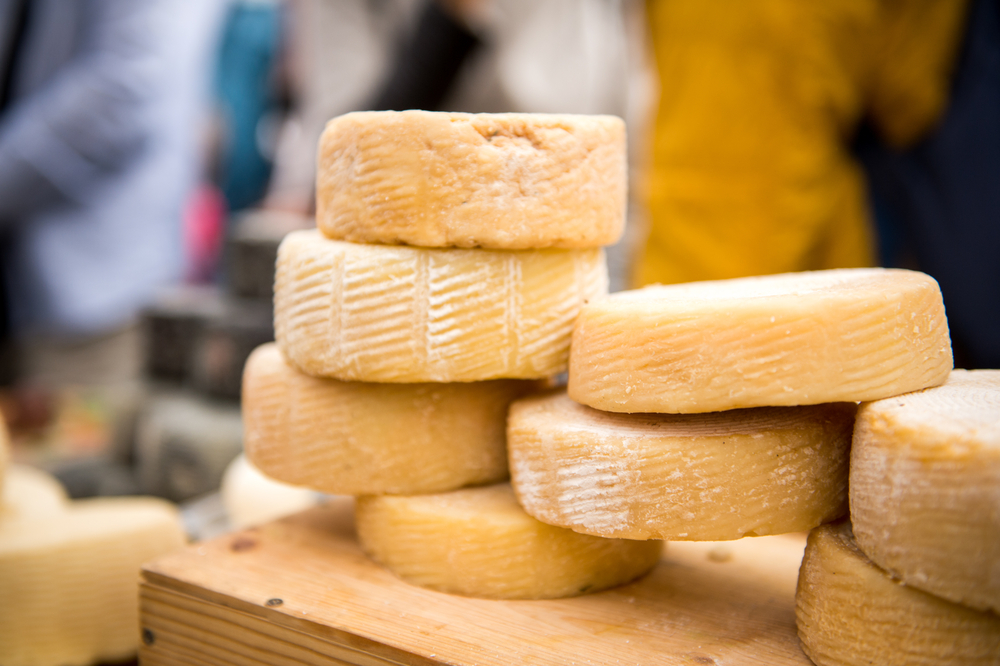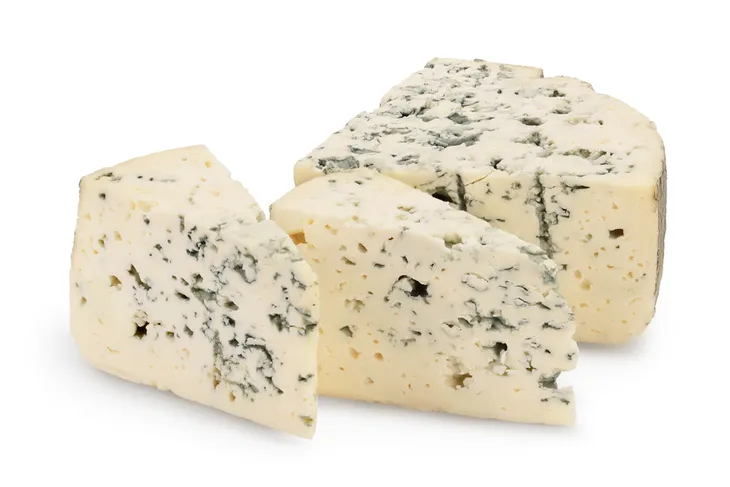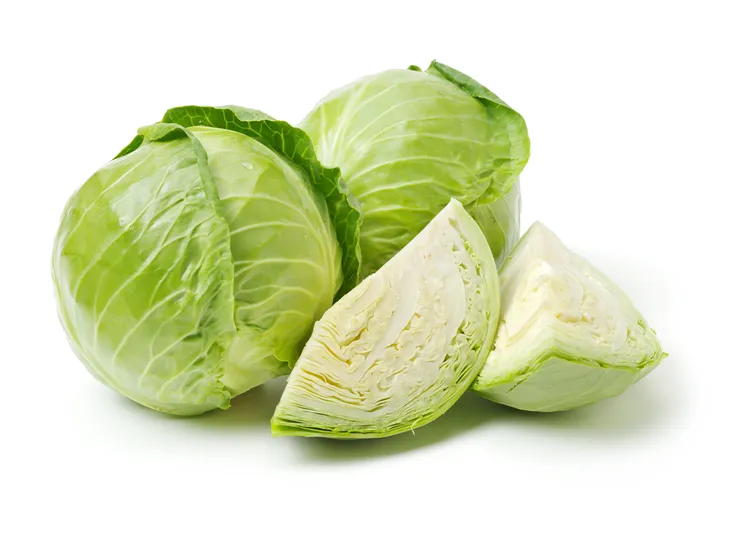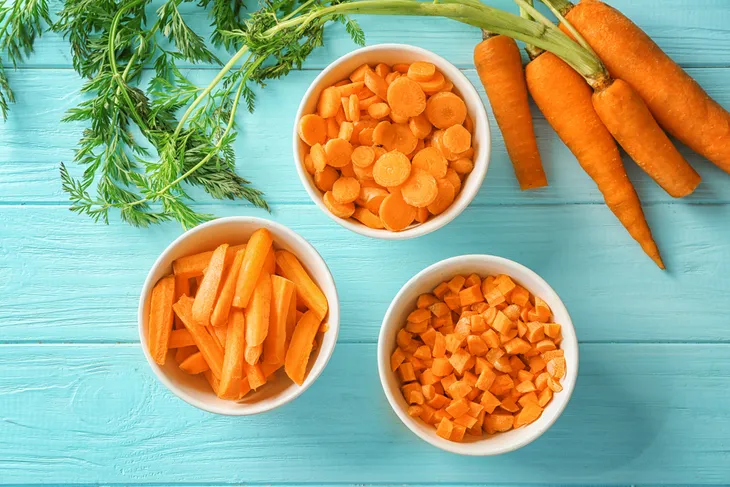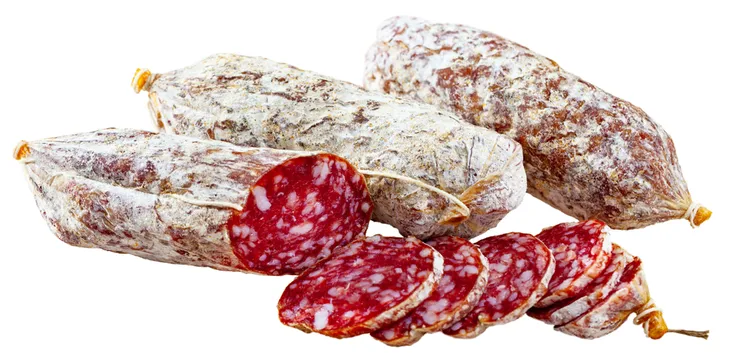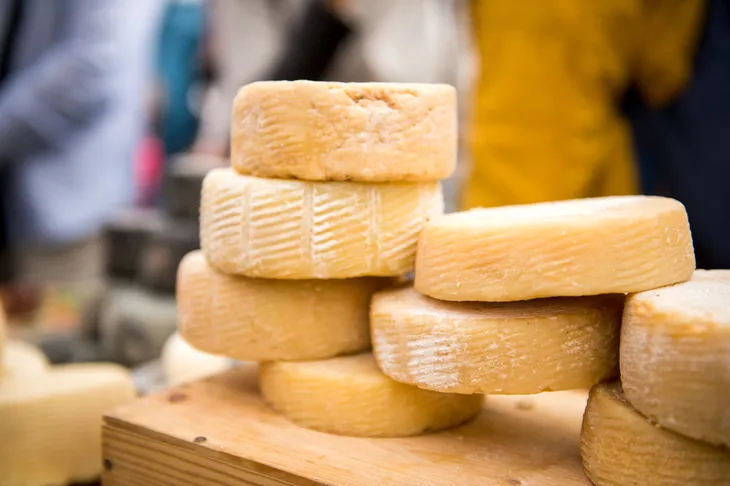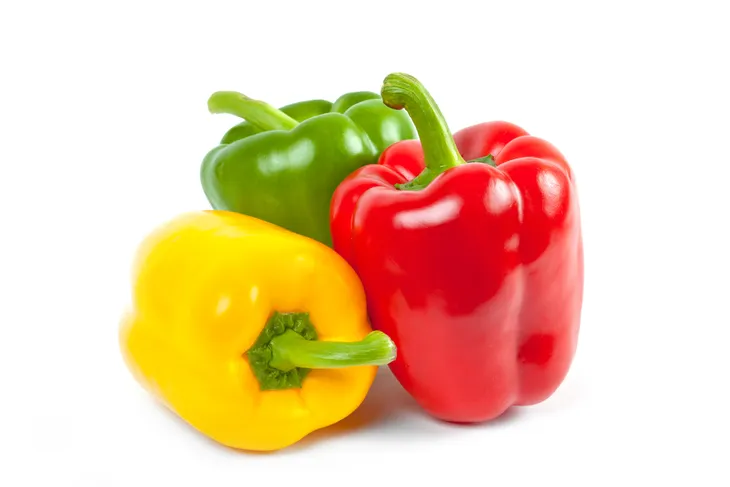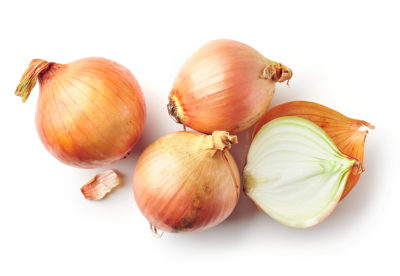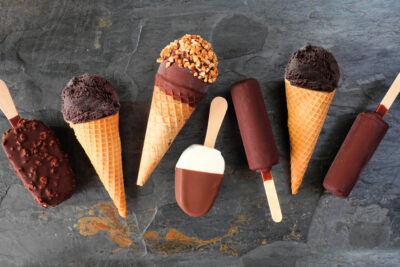Mold is ever present in our lives—it’s in the air we breathe and it grows quite naturally on many of the foods we eat. Rightly so, a large majority would shy away from eating foods gone moldy (i.e., hot dogs, bread, or strawberries) due to the presence of harmful bacteria. However, in some cases mold is safe to eat, according to doctors at the University of Georgia’s, Center for Food Safety and the experts at the U.S. Department of Agriculture (USDA).
These six foods that are quite safe to eat, even if they contain a few moldy spots…
Moldy Cheese
Proof that not all molds are created equal is quite evident in your favorite cheese. For instance, blue or veined cheeses—such as blue cheese, Gorgonzola, Stilton, and Roquefort—require mold spores (i.e., Penicillium roqueforti) as part of their vital manufacturing process. While soft cheeses like Camembert and Brie are covered in evident, white surface mold, which is considered quite safe to eat by the U.S. Department of Agriculture (USDA).
If you’re a frequent cheese connoisseur, you know what the molds on these cheeses should look like. If they develop odd or wild mold spots, use the “eat around it rule” and cut the mold off on hard cheeses. However, you should discard soft moldy cheeses altogether as wild mold is not considered safe to eat.
Cabbage
Dense produce, like cabbage or other Brassicaceae, with low moisture content is not considered a harbinger of dangerous mold, according to the USDA. This is because it’s difficult for mold to infiltrate solid or thick-leafed vegetables with little wetness.
If you forget about a head of cabbage and it develops mold spots, you can cut away the bad spots and still enjoy the leafy head safely, according to the Baylor College of Medicine. Just be sure to cut at least 1-inch around moldy areas to avoid cross contamination and ensure you get the entire root of the mold. Also, don’t let your knife pierce the spoiled area.
Carrots
It turns out that carrots are pretty tough against mold. The densely thick root vegetable harbors little moisture and mold spots can simply be cut away before spores they’re able to deeply penetrate.
According to the U.S. Food and Drug Administration (FDA) spoiled areas on carrots can be trimmed away. Just cut at a safe distance of at least 1-inches around the circumference of mold and avoid cross-contaminating your knife by piercing spoiled areas.
Dry-Cured Ham and Hard Salami
As with certain cheeses (i.e., Camembert), you’ll find your favorite brand of hard Italian salami covered in a fine, white coating that is actually mold, and quite safe to eat! According to the USDA, mold is essential in the flavoring process of the meat in several types of Eastern European, Italian, and San Francisco hard salamis.
Dry-cured hams, often referred to as “country hams,” typically contain a thin layer of surface mold that’s also safe to eat after you scrub the mold away. Keep in mind that the fine, white coating is the only mold that should be present—any sign of additional mold means the product is spoiled and should be thrown out.
Hard Cheese
My dad always told my younger brother and I to “Stop whining and eat around the moldy bits” when it came to hard cheese noshing in our household. Hard cheeses, such as cheddar and Swiss, don’t require mold in the manufacturing of cheese.
However, if there are evident moldy spots, they can be removed and the cheese safely eaten. Again, cut at least a half-inch to an 1-inch around mold spots and avoid contact with your knife to avoid cross-contamination. Also, put the trimmed cheese in fresh plastic to avoid any mold spore transfer.
Bell Peppers
Another dense veggie with fairly thick skin that doesn’t easily succumb to mold is the bell pepper. Red, yellow, orange, purple, and green varieties of this sweet pepper are low in moisture content, unlike cucumbers and tomatoes) which means that mold is unlikely to penetrate below the thick surface skin.
Bell peppers get the same treatment as carrots, according to the USDA. Cut bad areas away giving at least 1-inch of mold-free surface around the spoiled area. And try not to touch the moldy parts with you knife so mold doesn’t transfer to your prep utensils or cooking surface.
